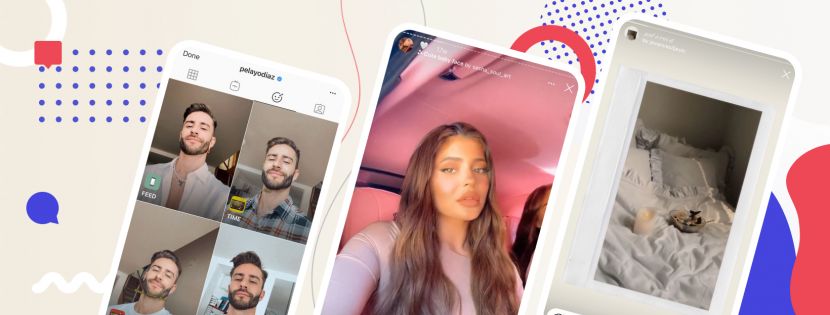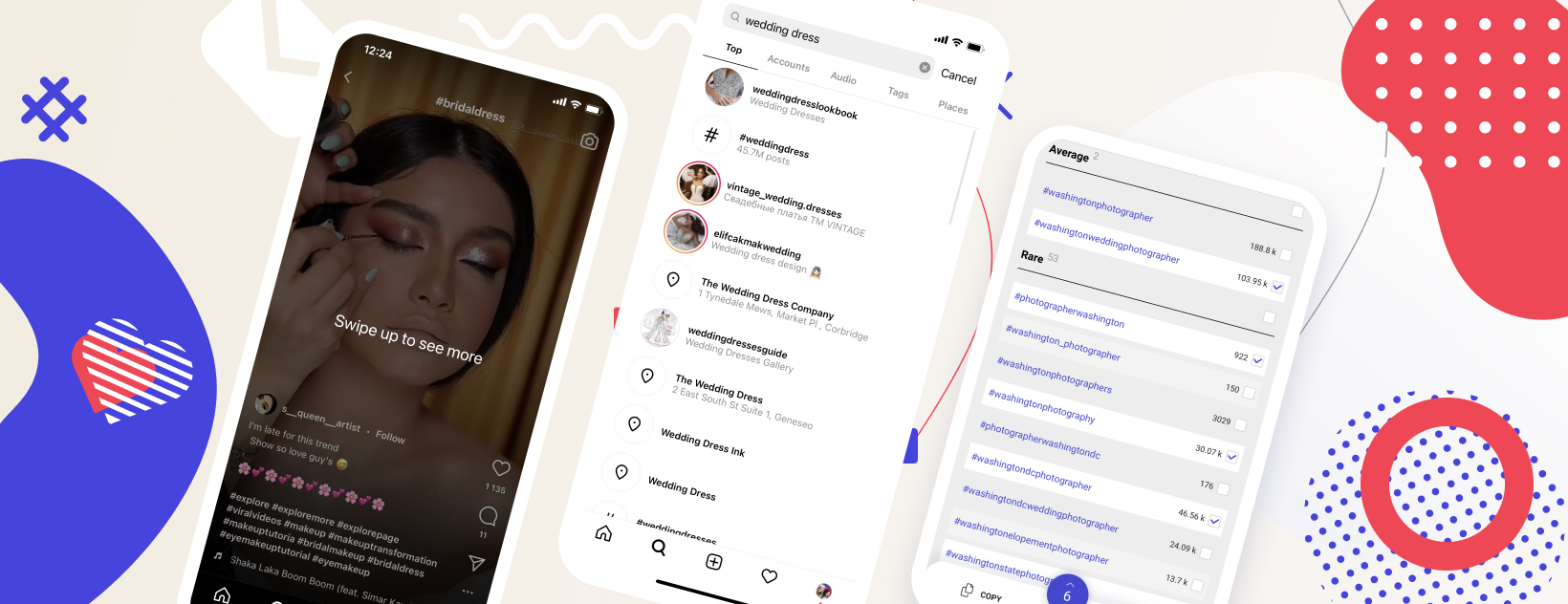
Adam Mosseri, who is the head of the social network Instagram, told the world in his press release that the development team is currently creating a new kind of search – semantic search.
How semantic search works on Instagram
The principle of this type of search is that the user enters a keyword/phrase. The results give not only accounts and posts with the entered word but also publications and accounts that are similar in meaning to the entered keyword in the search. The main thing is that the keyword should be in the Bio, Profile description, or in Hashtags.
For example, searching for the word "space,” the user will see accounts with the word "space" in the bio, account name, and all content in which there is an explicit hashtag mention of the word or appropriate meaning.
But now everything will change. The posts caption text will be searchable too now!
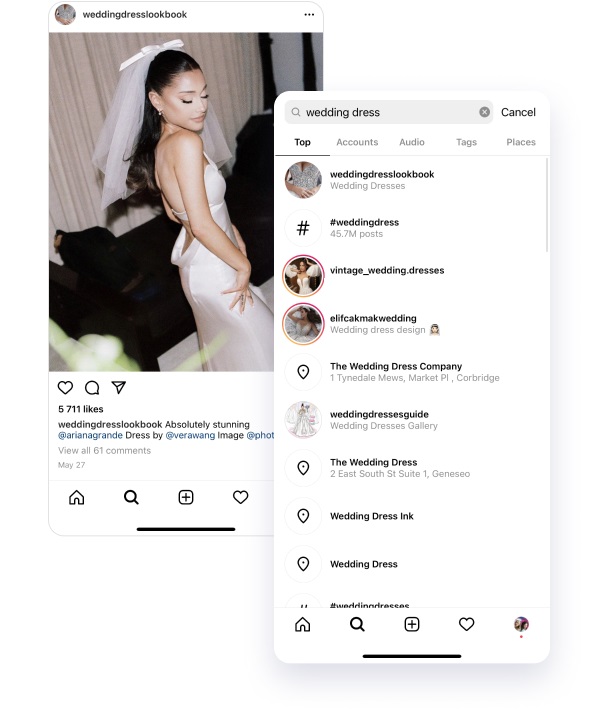
Instagram develops semantic search based on keywords
At the moment, semantic search is being tested only in English, but Instagram representatives have promised to expand the list of languages in the future. So now Instagram is testing a new semantic search.
The essence of the semantic search method from the side of your potential subscriber or client:
The user enters a keyword (for example, “manicure”), and the system searches accounts with an exact match for it and similar posts and blogs.
That is, users will see all the content about that keyword.
As a result: you get new traffic for your exact matching posts and accounts.
That means that you need to pay even more attention to what you’re posting in your Instagram captions. Firstly, pay attention to the length of the text under your posts and to the beauty of it.
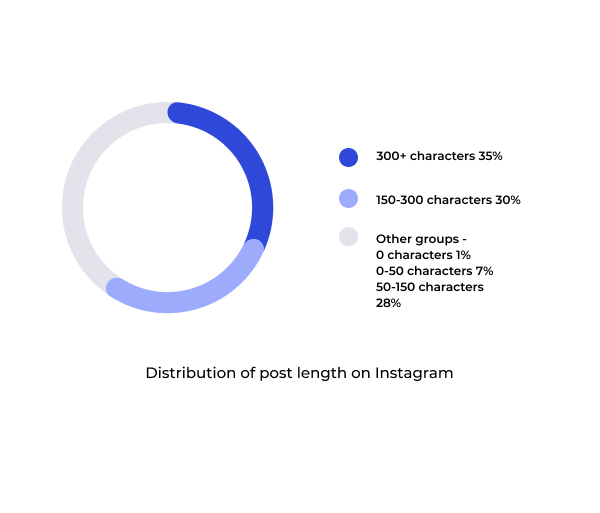
Plus, don’t forget about the ability to make your captions look even more eye-catching and stylish with custom Instagram fonts.
Why is this fantastic news for you Instagram pros?
- Maximum expansion of the audience that can find your account due to a large number of words and phrases that can lead the end-user to your post or account
- Better adaptation of the account to Instagram advertising – most likely, advertising will work even better because the previously "dead" lines of captions to photos or videos weren’t included in search adaptation, but now this content will be included.
What will happen to hashtags on Instagram?
We are confident that they will become even more robust and consolidate their positions. Now that users will stop abusing hashtags since you can put all the keywords right in the post, hashtags will specifically separate content, like beacons – grouping tons of semantically identified content and creating a system. Therefore, we advise you to start your hashtag strategy right now – and make your posts as convenient as possible so that potential users or viewers find them.
However, while the current Instagram keyword search is quite successful, it does not always lead to universal results or to matching collections of photographs. That's why Mosseri says the company is also increasing the number of terms that will lead to results, starting with English and then expanding it. When asked, Instagram was unable to provide a specific launch date for the search improvements.
Current Instagram account and hashtag search results
Even without additional visuals or new Instagram keywords, Mosseri says relevancy is the main criterion for how content performs. The company has a number of "signals" that it considers when delivering search results, listed below in order of importance:
Your text in the search. The text you enter into the search bar is by far the most important signal for what to search for. Instagram tries to match what you enter with relevant usernames, bios, signatures, hashtags and places.
Add 30 relevant hashtags in each post - and you’ll see how your reach can expand in seconds. Just make hashtags your everyday social media routine - and your posts will owe much more viewers than ever. And here is a lifehack of how to make the Hashtag Generator usage so convenient that you won’t spend there any more than 30 seconds a day.
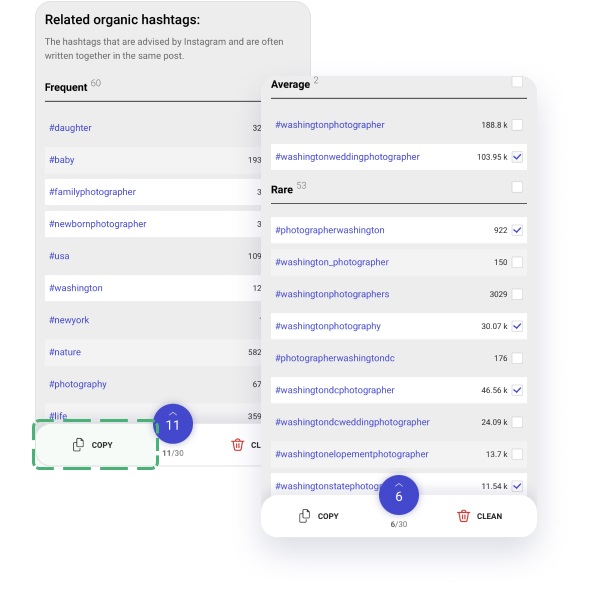
Your activity. This includes the accounts you follow, the messages you have viewed, and how you have interacted with the accounts in the past. Instagram usually shows the accounts and hashtags you follow or visit higher than the ones you don't.
Information about search results. When there are many potential outcomes, Instagram also looks for popularity signals. This includes the number of clicks, likes, shares, and subscriptions for a specific account, hashtag, or location.
The same suggestions apply to how your content is displayed. The platform looks at the text on your Instagram profile and bio, your location, and individual post signatures to determine if your content is relevant to a given search. The company also tries to filter out content that violates its guidelines, including sensitive topics such as violence or semi-nudity. You don't have to go back far to see how fixing these issues on Instagram has been a concern in the past.


![How to Find Users on Instagram? [+ Universal Instagram Search Tool]](/uploads/content/instagram-universal-ic.jpg)
